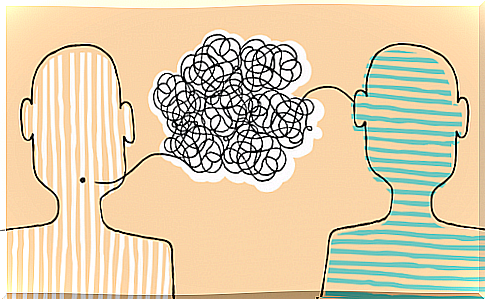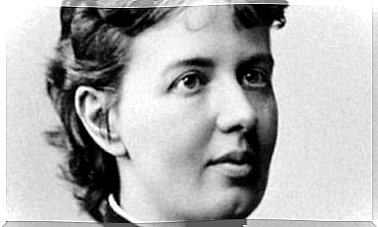Paul Watzlawick And The Pragmatic Aspects Of Human Communication

According to Austrian psychologist Paul Watzlawick , communication plays an important role in our lives and in society. However, most of us don’t realize how important that role is.
From the beginning of our lives we participate in the process of gathering information about communication. These rules are ingrained in our relationships, although we may not be aware of them.
Little by little we learn what to say and how to say it. We learn about the multiple forms of communication that we encounter in our daily lives. It’s hard to believe that such a complicated process happens almost unnoticed and that we can easily internalize it.
Without communication, people would never have gotten as far as they do now. What, then, are the details of communication through which we can relate to one another? What are those ins and outs that we hardly notice, but are so important?
Let’s dig a little deeper…

Paul Watzlawick and his view on communication
Paul Watzlawick (1921 – 2007) was an Austrian psychologist, often cited in family and systemic therapy. He enjoys international fame for The Situation Is Hopeless, But Not Serious: The Pursuit of Unhappiness , published in 1983.
Watzlawick received his doctorate in philosophy and studied psychotherapy at the Carl Jung Institute in Zurich. He was also a lecturer at Stanford University.
Paul Watzlawick, together with Jane Beavin Bavelas and Don D. Jackson at the Mental Research Institute of Palo Alto, developed The Pragmatic Aspects of Human Communication .
This is the cornerstone of couples therapy. It explains that communication is not an internal process that comes from the subject, but as a result of an information exchange coming from a relationship.
From that point of view it is less important how we communicate and whether it is conscious or not. What matters, however, is how we communicate in the present and how we influence each other. Let’s look at the fundamental principles of the theory of human communication. What can we learn from this?
The Five Axioms of The Pragmatic Aspects of Human Communication
1. It’s impossible not to communicate
Communication is intrinsic to life. What Paul Watzlawick and his colleagues mean is that all human behavior is a form of communication in itself. This is true either explicitly or implicitly. Even saying nothing is a way to get a certain message across. So it is impossible not to communicate.
Even when we do nothing, verbally or non-verbally, we are conveying something. Maybe we’re not interested in what the other person is saying, or we just prefer not to share our opinion. There is more information in this message than is expressed in words.
2. Every communication has a content and relationship aspect (metacommunication)
This principle refers to the fact that in all forms of communication not only the content of the message is important, but also the way the speaker wants to be understood by others on a relational level.

The content aspect corresponds to what we communicate verbally. The relational aspect on the other hand refers to how we communicate this message. It has to do with intonation, facial expressions and context, among other things.
The second aspect determines and influences the first. That’s because our intonation and expression determine how the listener receives this message.
3. Punctuation shapes the meaning according to the person
Paul Watzlawick explained the third axiom as follows: “The nature of a relationship depends on the punctuation of the partners’ communication procedures.” By this he means that each of us makes our own version of what we observe and experience. That version then colors our relationships.
This principle is fundamental when we enter into a relationship with others. We should always keep this in mind when dealing with someone. We filter all information we receive based on our experiences, personal characteristics and lessons. This means that a concept (love, friendship, trust and so on) can have different meanings to different people.
In addition, another important aspect of communication is that each speaker believes that the behavior of the other is the cause of his behavior. But the truth is that communication is a more complicated process that cannot be reduced to a simple cause-and-effect relationship.
Communication is a cyclical process in which each party contributes to the exchange in a unique way.

4. Digital and Analog Communication
The theory of the pragmatic aspects of human communication suggests that there are two types of communication:
- Digital. What you say with words, which are the means by which communication is conveyed.
- analog. Any non-verbal communication, or how you express yourself. The means of the relationship.
5. Symmetrical and Complementary Communication
Finally, this axiom is about how we treat others. If the relationship is symmetric, we are on the same level. That is, we act in similar circumstances and the balance of power is equal, but we do not complement each other.
When the relationship is complementary, such as between a parent and a child, a teacher and a student, or buyer and seller, we are in different circumstances. However, we do accept these differences.
Taking all this into account, we come to the conclusion that the most important thing in any situation where we have to communicate is the relationship itself. How two people react to each other, and not so much the individual roles.
Bibliography
Ceberio, Marcelo R. (2006). La buena comunicación. Las posibilidades de la interacción humana. Barcelona: Paidos.









